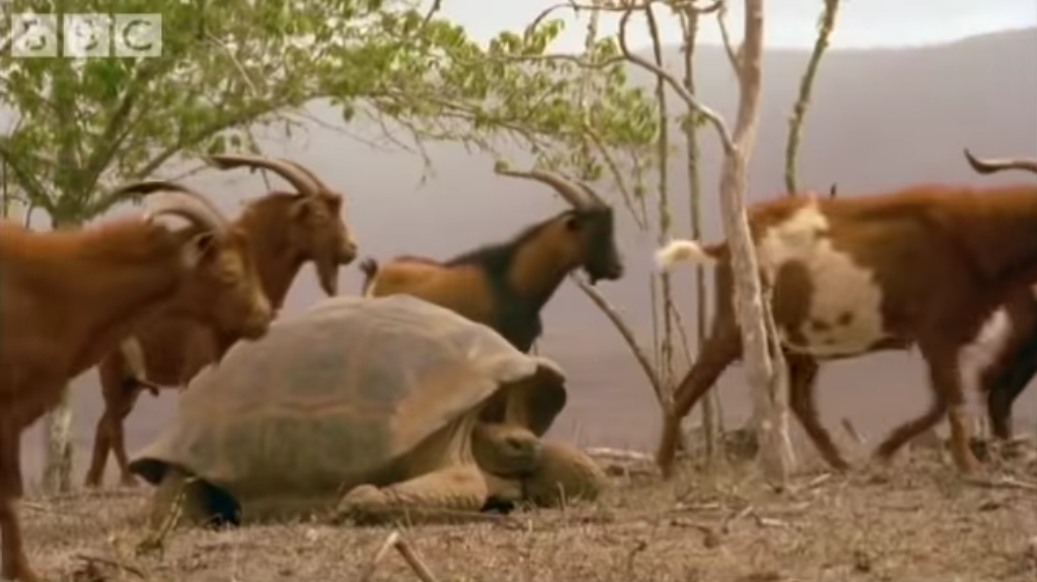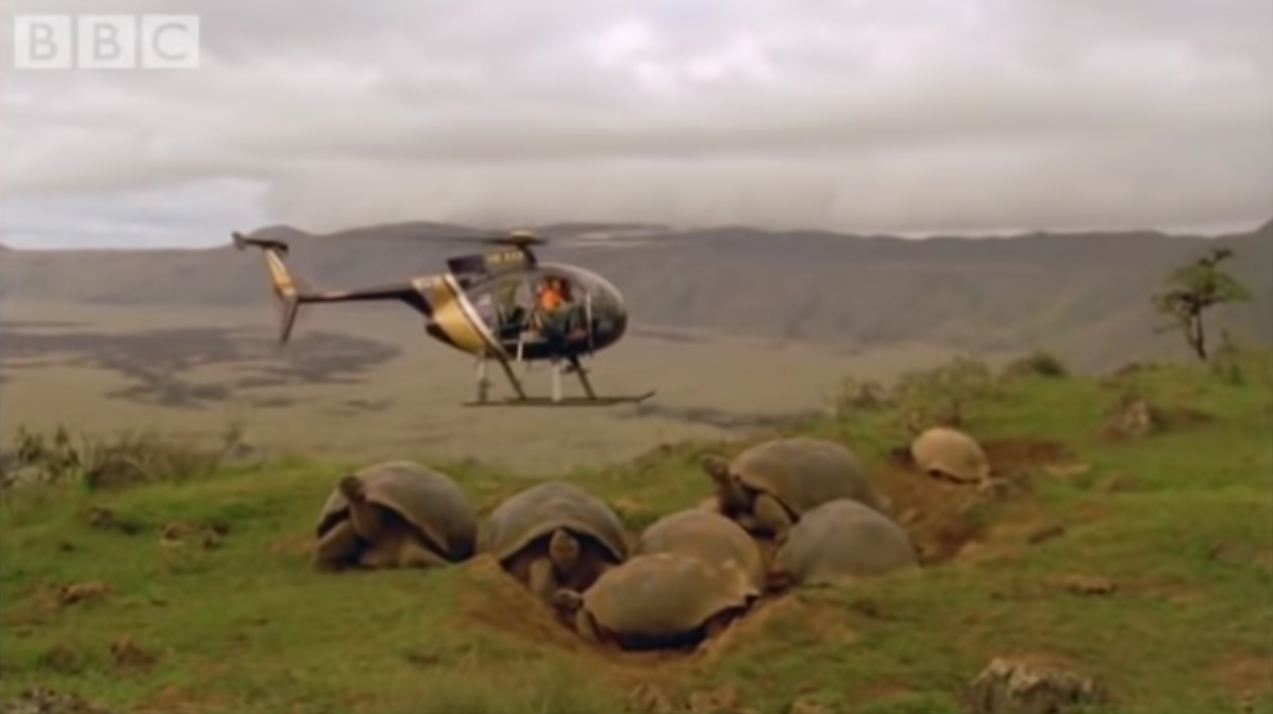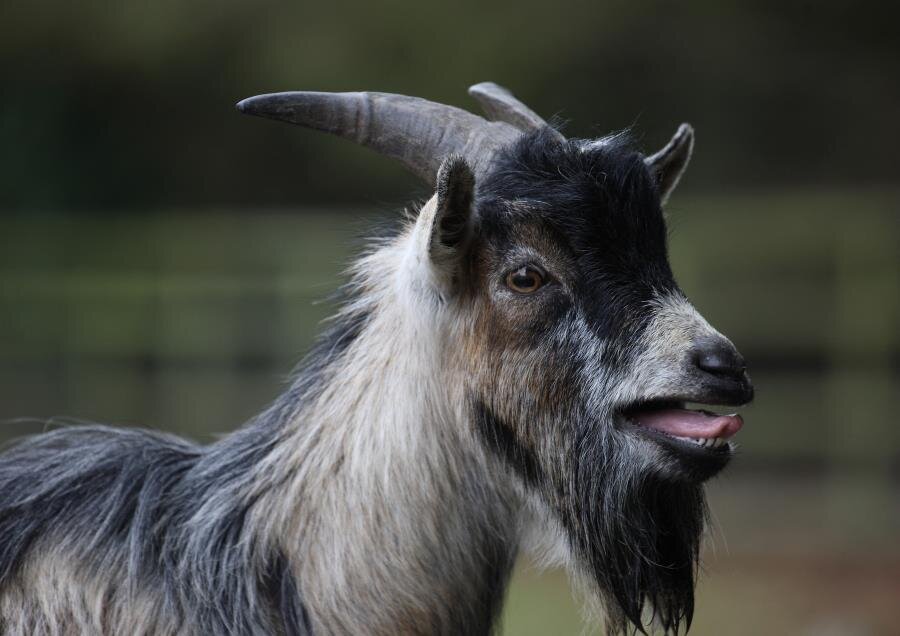
The Galapagos Islands in the Pacific Ocean are famous for their unique biological diversity. There are several plant and animal species that can only be found on the islands, like the Galapagos tortoise. An animal apparently so delicious that it was almost hunted to extinction, and even Charles Darwin ate them when he visited the islands to do research for his theory of evolution, but that's another story.
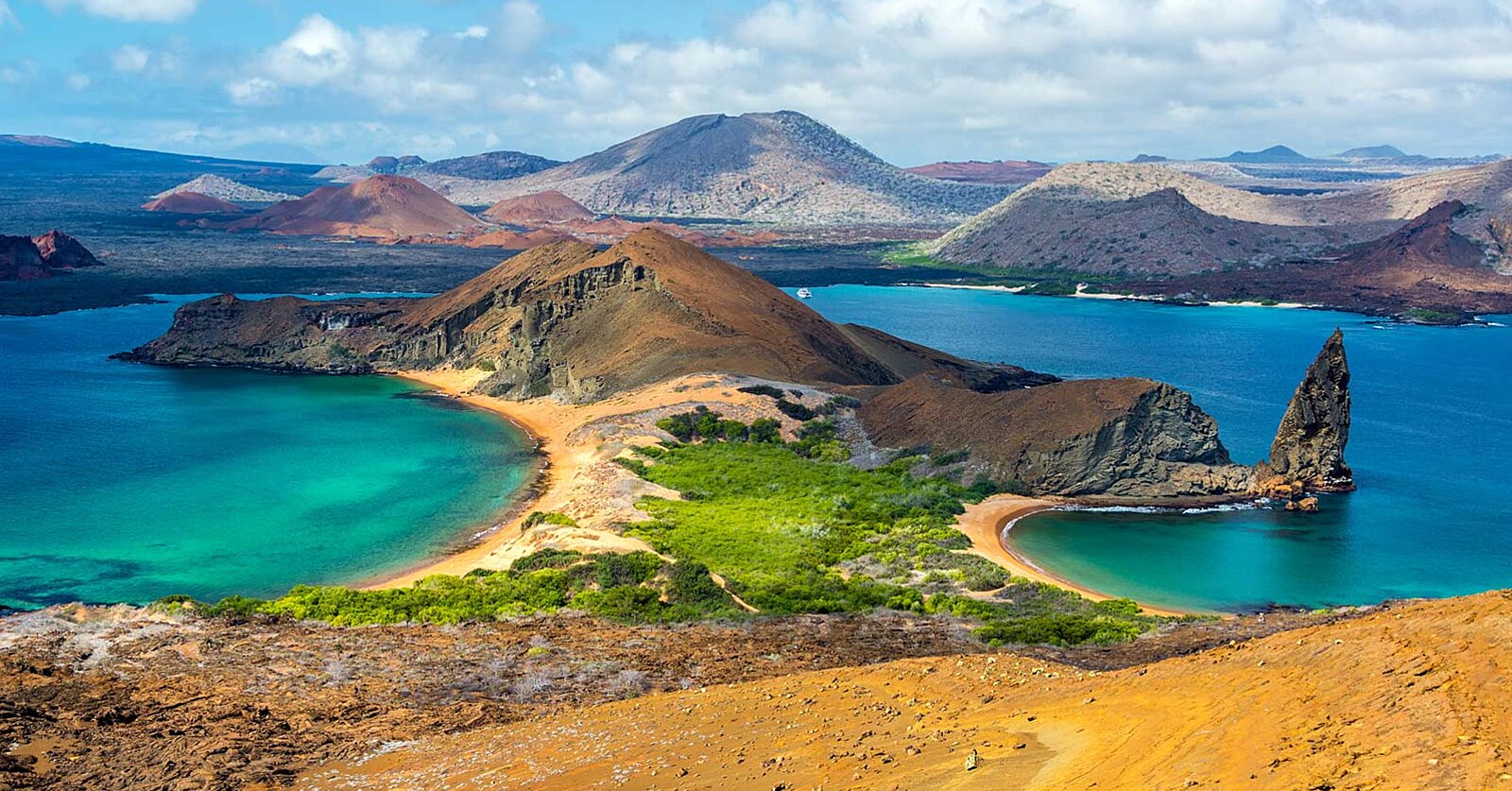
The islands are located about 900 kilometers away from the South American mainland, and are today owned by Ecuador. Back when the Spanish controlled the islands they moved a small herd of goats to the islands, and released them into the wild, hoping to use them in the future as a source of food.

But not much later the Spanish noticed that British pirates were settling on the islands, and were using the goats for their own food supplies. They then released dogs on the island in an attempt to kill all of the goats, but that didn't change the situation much.
Then in 1959, a group of Ecuadorian fishermen released just three goats on one of the islands, one male and two females, and only 14 years later the goat population on that island had skyrocketed to 30.000 goats!
By the 1990's the goat problem was seriously getting out of hand, and the goat horde was now estimated to be around 250.000! They were destroying the natural habitats of the islands, and were eating almost everything they could find.
This resulted in the native animals not being able to find any food themselves, and many species like the Galapagos tortoise were starving to death! Their numbers had decreased from 250.000 to 3000 by the 1970's. The goats were creating an environmental disaster on the islands, and many biologists and conservationists began working on a solution to solve the goat problem.
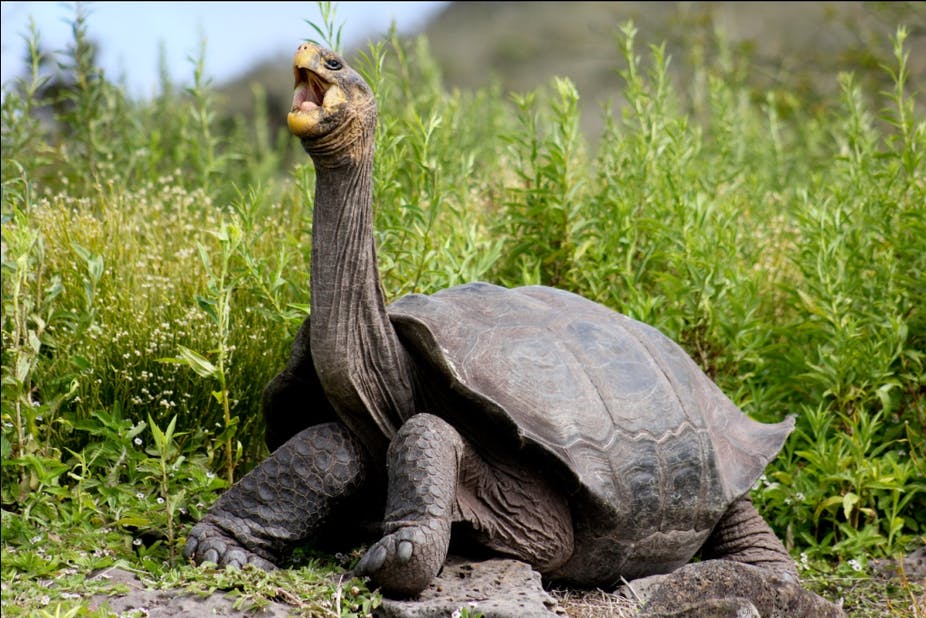
It was eventually decided that the native wildlife on the islands needed to be saved, and the only way to achieve this was to remove all 250.000+ goats from the islands. But rounding them all up and then transporting them somewhere else was considered to be too difficult and too expensive, so they came up with a couple of other ideas.
This included one plan to import lions and have them eat all of the goats, but that was decided to be too crazy of an idea. But one thing they did all agree on is that an all out war had to be declared on the goats and that all the goats on the island needed to be destroyed, and for this they brought in the military.
After years of debating and planning, the Galapagos conservancy initiated Project Isabella, which was the systematic eradication of all the goats on the Galapagos Islands. At first they began by sending hunters to the islands and shooting every goat as they found them, but this was determined to be too slow and inefficient.
So then they brought in helicopters with trained soldiers from New Zealand to fly around and shoot down entire herds! There were two gunners on each side of the helicopter, and when the pilot managed to herd a group of goats together into a tight pack, they would open fire and kill all of them.
This tactic proved very effective, and within the first year 90% of all the goats had been eliminated. But the remaining 10% meant that there were still thousands of goats out there, and these goats weren't so dumb anymore!
The surviving goats had become battle hardened and learned that the sound of helicopters meant death. They fled to the hidden and hard to reach parts of the islands, where the soldiers couldn't find or track them anymore.
We already know how quickly just a few goats can reproduce into a population of thousands, so a solution had be found quickly or soon the problem would start all over again!

A new strategy was developed to finish the war, and Project Isabella came up with the idea of the Judas goat. Basically a team would capture a female goat from the wild, tag it with a GPS tracking device, and then release it again so it could find its friends. They would follow that goat back to the herd, and then just like in the story of Judas, it would betray its friends to be slaughtered. Once that particular herd was eliminated, they would leave the Judas goat alive, so it could go find new friends and start the process all over again. Without knowing it, everywhere the Judas goat went it would unknowingly bring death with it.
It took two more years and about 900 Judas goats to bring an end to the war, and by 2006 victory was declared over the goats. The main islands were now free of goats for the first time in centuries! The vegetation they destroyed was starting to come back, and the Galapagos tortoise's population has since rebounded to over 19.000! In the end Project Isabella was a success, but it caused a lot of controversy. The killing of a quarter of a million goats was considered inhumane and evil by some, but their deaths weren't in vain. They saved many species that were critically endangered and close to extinction.
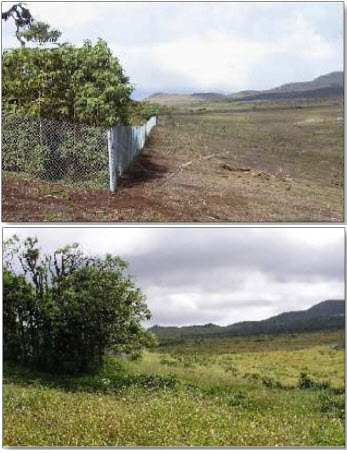
Thanks for reading and I hope you enjoyed this story!
